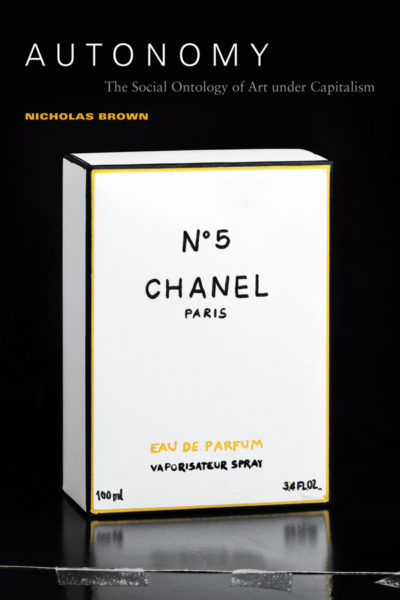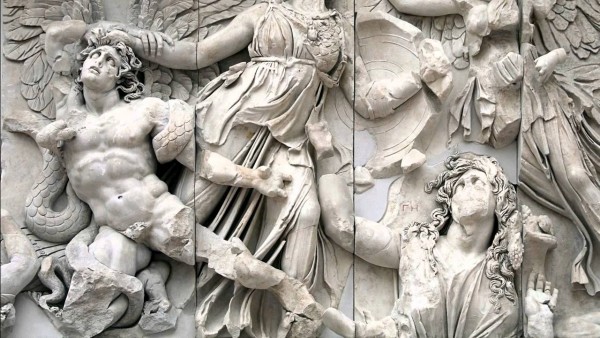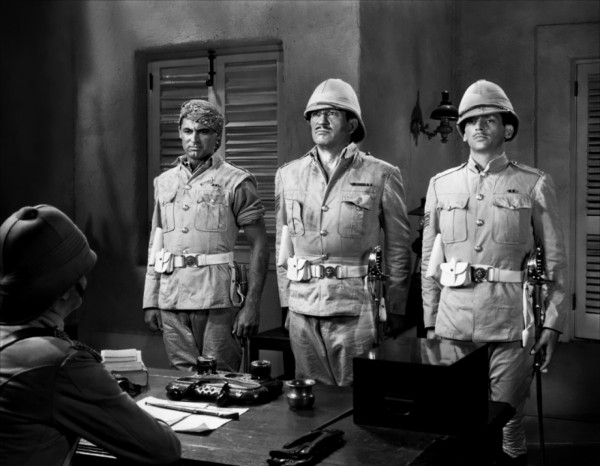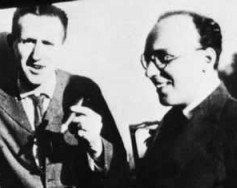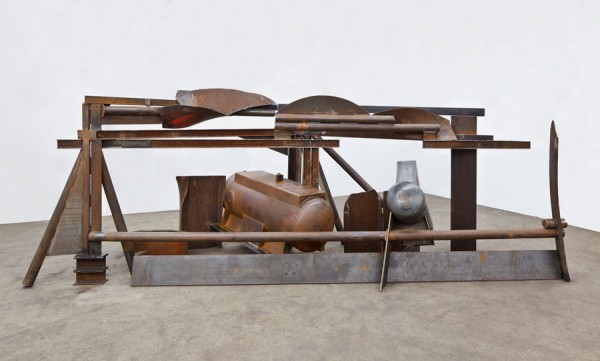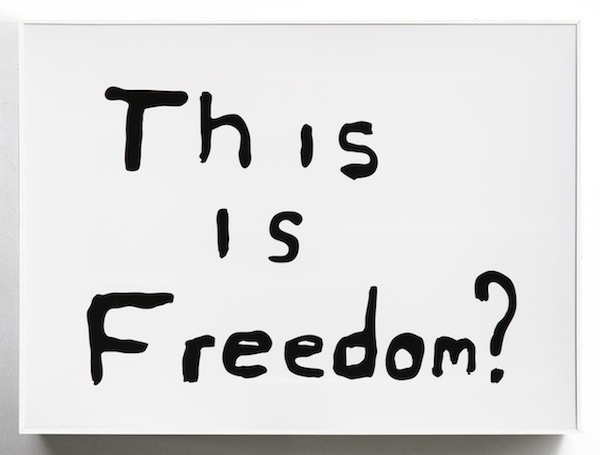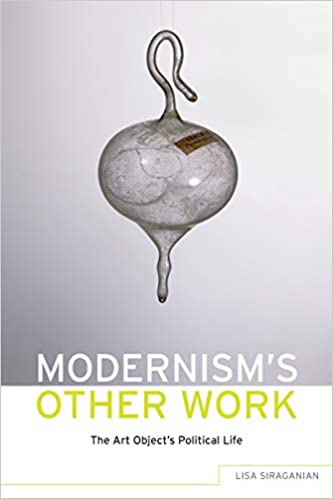This conception of art, however, is not just limited to fiction; and indeed, it also underlies a dominant strain of Latin Americanist thought that comprises the focus of this essay, and for which this unframing has been conceived as a point of departure for a host of theoretical positions not just on art, nor on literature alone, but on politics as well. These positions includethe testimonio criticism, affect theory, postautonomy, and posthegemony. Despite apparent differences between these, we argue that what has unified Latin Americanist criticism and theory at least since the 1980s, is this question of the frame, or more precisely, the effort to imagine how the text dissolves it.
